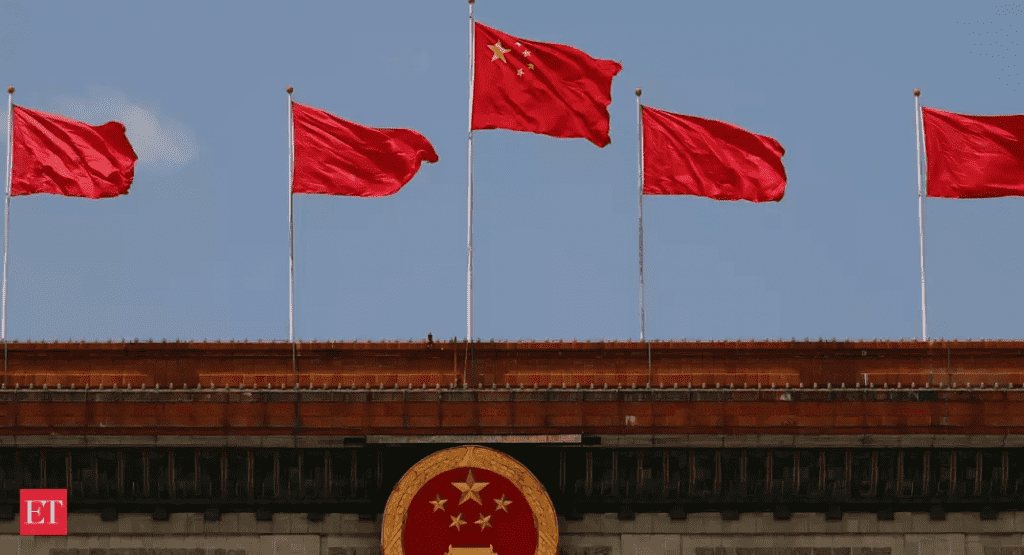According to a prominent nuclear weapons expert in the country, China wants to create near-limitless clean energy using nuclear fusion power by 2028.
Professor Peng Xianjue of the Chinese Academy of Engineering Physics said during a seminar hosted by the Beijing-based think tank Techxcope that the Chinese government has approved the building of the world’s largest pulsed-power plant in Chengdu, Sichuan province.
“Fusion ignition is the jewel in the crown of science and technology in today’s world,” Professor Peng said, according to the South China Morning Post.

“Being the world’s first to achieve energy-scale fusion release will lay the most important milestone in the road to fusion energy for human beings.”
Nuclear fusion has been dubbed the “holy grail” of energy sources since it offers limitless power by duplicating the natural occurrences within the Sun, which release tremendous quantities of energy when hydrogen atoms collide to generate helium atoms.
Due to the high temperatures and complications of trapping the plasma at the reactor’s core, the technique has so far proven difficult.

Earlier this month, a team of South Korean researchers revealed for the first time that they had managed to sustain a nuclear fusion process operating at temperatures above 100 million°C for 30 seconds.
The best results so far achieved by Chinese scientists using an “artificial sun” is a reaction running at a slightly cooler 70 million degrees celsius for more than 17 minutes.
The Chinese power plant will rely on a Z-pinch machine, simulating a thermonuclear weapon’s fusion reaction using massive electric pusles. They are primarily employed to produce nuclear weapons and were only recently deemed a feasible approach to nuclear fusion energy due to distortions that occur within the plasma, causing it to collapse.

New techniques for plasma stabilization, such as sheared axial flow, imply that a full-scale nuclear fusion reactor using this technology may be achievable soon. However, Professor Peng stated that the new plant’s fusion process would first be utilized to propel particles into uranium, fueling a fission reactor.
The Z-pinch machine is planned to be finished in 2025, with the entire facility slated to be completed in 2028. Professor Peng believes that by 2035, the plant will be capable of providing commercial nuclear fusion energy directly to the power grid.
Several hurdles remain until this final aim is realized, including the construction of specialized components capable of sustaining the process; however, if successful, it can fulfill energy demands for tens of thousands of years.


